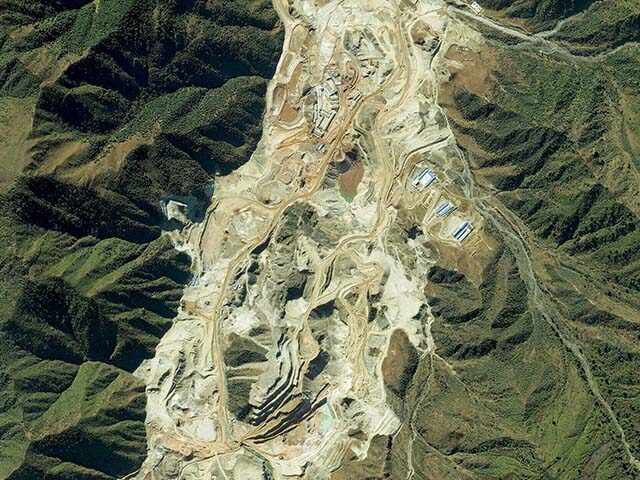The Chinese government issued record-high mining quotas for rare earth minerals this week, reaching a new high of 270,000 tons that exceeds 2023’s total by 5.88 percent.
Some analysts noted, however, that China might actually be ramping rare earth output down, because 2024’s increase was far smaller than the increase of more than 20 percent in 2023.
China’s state-run Global Times filed a straightforward report of rare earth production increasing to meet surging demand for the metals in high-tech products, including electronics, batteries, and solar cells.
The Global Times was grumpy about Western media reports that “hyped China’s export controls on key resources.” Various “Chinese experts” were trotted out to declare China’s export restrictions are completely reasonable, comfortably in line with international standards, and totally not a “ban” on shipping the valuable minerals to countries China has political disagreements with.
Western media has noticed that China was putting tight restrictions on mineral exports, ostensibly to protect its domestic supply in the name of “national security,” at a time when worldwide demand is soaring and China controls the lion’s share of supply. In June, China’s State Council declared all rare earth resources are property of the State.
The South China Morning Post (SCMP) observed on Thursday that despite Beijing’s happy talk of setting record-high quotas to comfortably meet rising demand, China is actually slowing the rate of increase for rare earth production, while global demand is steadily climbing.
The SCMP suggested China’s true objective is to reduce supply “amid a decline in domestic prices” until demand from the green energy and electric vehicle (EV) markets can catch up.
Beijing absolutely does not want foreign competitors to step in and make up the shortfall. The SCMP noted that China has banned “the export of rare earth extraction and separation technologies, as well as the technology to make rare earth magnets.”
Rare earth magnets are considerably more powerful than the ceramic or ferrite variety, making them better suited for some industrial and military applications. The U.S. Department of Defense launched a “Mine-to-Magnet” initiative this year, seeking to develop a reliable domestic supply chain for powerful permanent magnets.
China remains the dominant rare earth provider, but its share of production slipped from 90 percent to 70 percent over the past decade, and those alternative producers are bringing prices down as well. In fact, even as demand rises around the world, rare earth prices slipped about 20 percent this year.
This cycle of new mines opening and prices slipping is likely to continue, as the U.S. and other governments are determined to break their reliance on China for vital minerals. Beijing is well aware of its danger, as its thwarted effort to take over an Australian mining company earlier this year demonstrates. China may have a narrowing window of opportunity to push prices up and milk its mineral dominance for everything it’s worth.

COMMENTS
Please let us know if you're having issues with commenting.